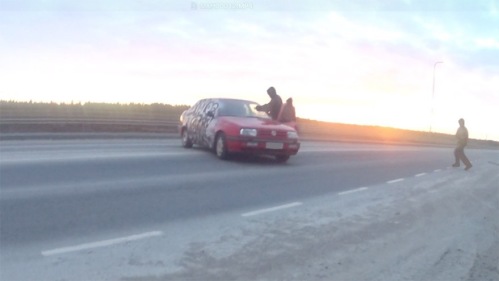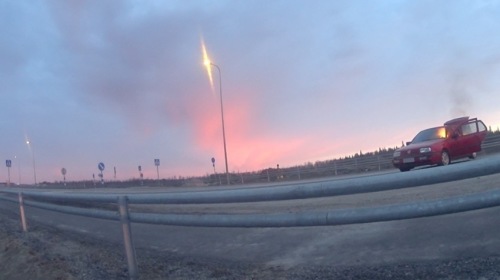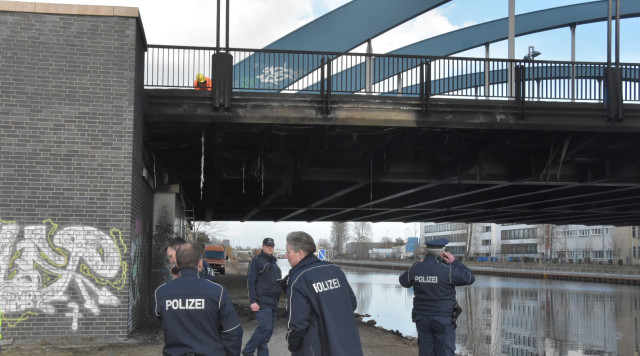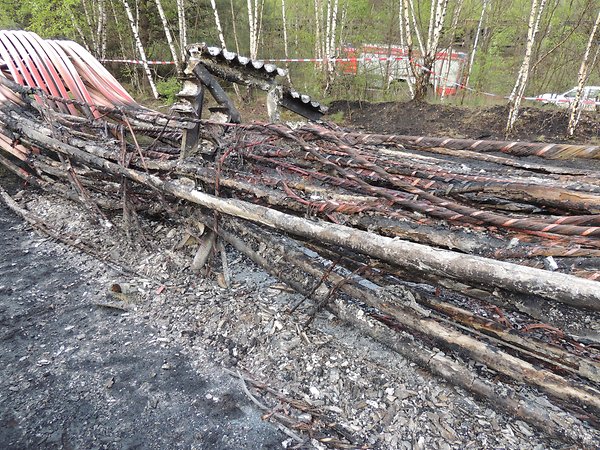Secwepemc Ts’ka7 Warriors deactivate Imperial Metals Ruddock Creek mine road.
International Statement, October 14, 2014
With much discussion with Elders Councils and around Sacred fires and ceremonies the Secwepemc Ts’ka7 Warriors have acted out their collective responsibility and jurisdiction to and in the Ts’ka7 area by deactivating the Imperial Metals Ruddock Creek mine road.
Imperial Metals Corporation never asked for or received free, prior and informed consent to operate in Secwepemc Territory. The Imperial Metals Mount Polley mine disaster, in the area known as Yuct Ne Senxiymetkwe, the absolute destruction and devastation of our Territory has never been answered for. No reparations have been made. Instead Imperial Metals continues to force through another mine in our Territory while criminalizing the Klabona Keepers of the Tahltan Nation also exerting their jurisdictional and withholding consent from the same company.
The Ts’ka7 (Tumtum Lake Area) area is a Sacred and important area for the Secwepemc. These are our Sacred Headwaters where the glaciers meet and melt and have fed the creeks and rivers in our Territory for thousands of years. Our Kikye7e call this our food cupboards. It is where we hunt, it’s where we harvest our food and our medicines. It is the birthing grounds for our water and our salmon. We live off this land. Our land is our survival. We need the land the land doesn’t need us. Mother Earth carries on but it is our survival that is dependent on the land and the water.
The genocidal displacement of the Secwepemc from their Homelands through starvation, fear and assimilation by the state and industry being acted out by Imperial Metals stops now. We are committed to the ongoing protection of our Territory. Our salmon is sacred, our land is sacred, our Women are sacred, our water is sacred and we the Peoples, the rightful title holders are the decision makers and we will protect them.
Agreements made by elected chief and council do not have authority and do not represent us. This is a warning to Imperial Metals Corporation: Leave our Lands and do not come back. This is a warning to the provincial government: You do not have jurisdiction on this Land to issue permits to any corporation. This is a warning to investors (including the province), contractors, suppliers and subsidiaries: Divest from Imperial Metals Corporation. We the Secwepemc, united, will not allow Imperial Metals Corporation to continue. Secwepemc Law will prevail in our Territory.
Secwepemculecw wel me7 yews, wel me7 yews
Secwepemc Ts’ka7 Warriors
From Warrior Publications




